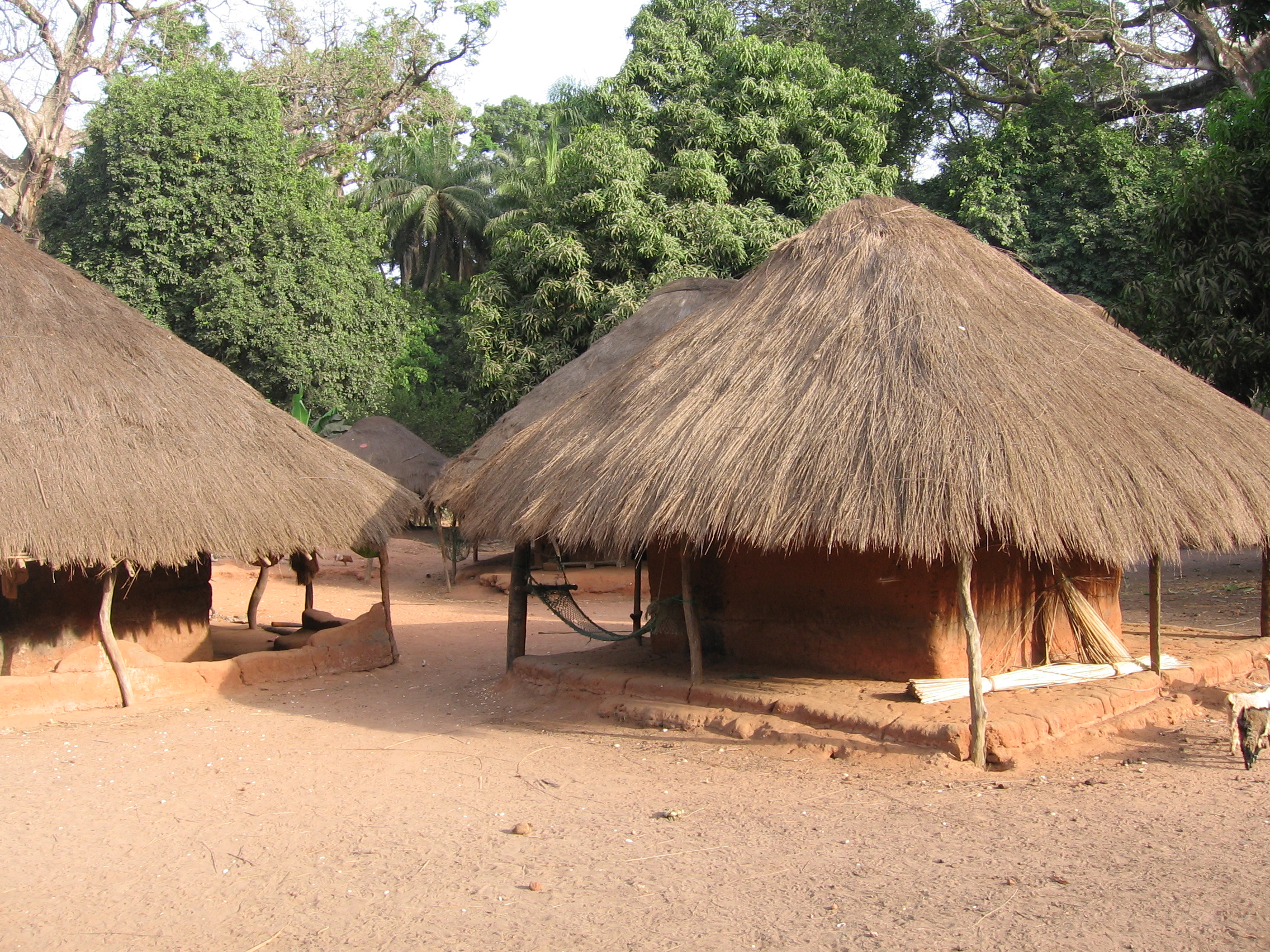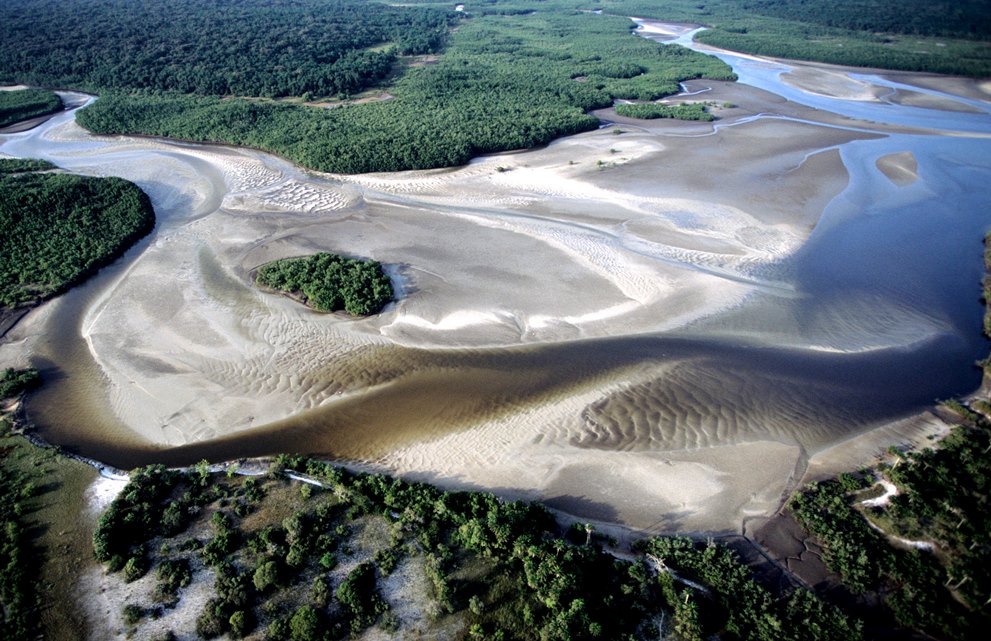|
Bubaque
Bubaque is one of the Bijagós Islands in Guinea-Bissau, and is also the name of its main town. The island has a population of 6,427, the town Bubaque 4,299 (2009 census). The area of the island is 75 km2, it is 13.6 km long and 8 km wide. The island is known for its wildlife and is heavily forested. It is also where the Unesco nature reserve headquarters is situated, as well as a museum. Transportation Bubaque airport serves the island. A weekly ferry runs to Bissau from Bubaque's port. All transportation on the island itself is done by motorbike or on foot. Notable people * Stefanie Gercke (b. 1941), German-South African writer * Juvêncio Gomes (b. 1944), fighter for the PAIGC The African Party for the Independence of Guinea and Cape Verde ( pt, Partido Africano para a Independência da Guiné e Cabo Verde, PAIGC) is a political party in Guinea-Bissau. Originally formed to peacefully campaign for independence from ... and later mayor of Bissau R ... [...More Info...] [...Related Items...] OR: [Wikipedia] [Google] [Baidu] |
Bubaque Airport
Bubaque Airport is an airport serving the island town of Bubaque, in Guinea-Bissau. It is the Bijagos Archipelago's only airfield. The airport is on the north end of the island. North approach and departure will be over the water. The runway is unpaved. The Bissau VOR-DME (Ident: BIS) is located on the Osvaldo Vieira International Airport at Bissau, north-northeast of Bubaque. See also *Transport in Guinea-Bissau *List of airports in Guinea-Bissau This is a list of airports in Guinea-Bissau, sorted by location. __TOC__ List See also * Transport in Guinea-Bissau * List of airports by ICAO code: G#GG - Guinea-Bissau * Wikipedia: WikiProject Aviation/Airline destination lists: Africa ... References External linksOpenStreetMap - Bubaque * [...More Info...] [...Related Items...] OR: [Wikipedia] [Google] [Baidu] |
Bolama Region
Bolama is an administrative region in Guinea-Bissau, consisting primarily of the Bijagós Archipelago of the country's southern coast, together with a small coastal strip centred on the coastal town of São João. It has an area of 2,624 km2. Its capital is Bolama, on the island of the same name. It is a coastal region covered with Mangrove swamps, rain forest and tangled forest and receives an annual rainfall of more than . As of 2009, the total population of the region was 32,424, with the urban population being 9,118 and rural being 23,306. The sex ratio of the region is 97 females for every hundred males. As of 2009, the net activity rate was 48.88 per cent, proportion of employed labour force was 33.32 per cent, proportion of labour force was 75.77 and the proportion of potentially active population was 33.32 per cent. The absolute poverty rate, people earning less than $2 a day, in the region stood at 51.6 per cent, with a regional contribution of 20.6 per cent to the ... [...More Info...] [...Related Items...] OR: [Wikipedia] [Google] [Baidu] |
Guinea-Bissau
Guinea-Bissau ( ; pt, Guiné-Bissau; ff, italic=no, 𞤘𞤭𞤲𞤫 𞤄𞤭𞤧𞤢𞥄𞤱𞤮, Gine-Bisaawo, script=Adlm; Mandinka: ''Gine-Bisawo''), officially the Republic of Guinea-Bissau ( pt, República da Guiné-Bissau, links=no ), is a country in West Africa that covers with an estimated population of 1,726,000. It borders Senegal to the north and Guinea to the south-east. Guinea-Bissau was once part of the kingdom of Kaabu, as well as part of the Mali Empire. Parts of this kingdom persisted until the 18th century, while a few others were under some rule by the Portuguese Empire since the 16th century. In the 19th century, it was colonised as Portuguese Guinea. Portuguese control was restricted and weak until the early 20th century with the pacification campaigns, these campaigns solidified Portuguese sovereignty in the area. The final Portuguese victory over the remaining bastion of mainland resistance, the Papel ruled Kingdom of Bissau in 1915 by the Portu ... [...More Info...] [...Related Items...] OR: [Wikipedia] [Google] [Baidu] |
Bijagós Islands
The Bissagos Islands, also spelled Bijagós ( pt, Arquipélago dos Bijagós), are a group of about 88 islands and islets located in the Atlantic Ocean off the coast of Guinea-Bissau. The archipelago was formed from the ancient delta of the Geba and Grande de Buba rivers and spans an area of . 20 of its islands are populated year-round, including the most populated island, Bubaque, where the administrative capital is situated. There is a high diversity of ecosystems: mangroves with intertidal zones, palm forests, dry and semi-dry forests, secondary and degraded forests, coastal savanna, sand banks and aquatic zones. The archipelago was declared a UNESCO Biosphere Reserve in 1996. Demographics The population is estimated at about 30,000 (2006) and the ethnic group Bissago ( pt, Bijagó) predominates. It has a relatively youthful population due to high birth rates and low life expectancy. Economy The economy is largely rural, with many families living from subsistence farming a ... [...More Info...] [...Related Items...] OR: [Wikipedia] [Google] [Baidu] |
Bissagos Islands
The Bissagos Islands, also spelled Bijagós ( pt, Arquipélago dos Bijagós), are a group of about 88 islands and islets located in the Atlantic Ocean off the coast of Guinea-Bissau. The archipelago was formed from the ancient delta of the Geba and Grande de Buba rivers and spans an area of . 20 of its islands are populated year-round, including the most populated island, Bubaque, where the administrative capital is situated. There is a high diversity of ecosystems: mangroves with intertidal zones, palm forests, dry and semi-dry forests, secondary and degraded forests, coastal savanna, sand banks and aquatic zones. The archipelago was declared a UNESCO Biosphere Reserve in 1996. Demographics The population is estimated at about 30,000 (2006) and the ethnic group Bissago ( pt, Bijagó) predominates. It has a relatively youthful population due to high birth rates and low life expectancy. Economy The economy is largely rural, with many families living from subsistence farming a ... [...More Info...] [...Related Items...] OR: [Wikipedia] [Google] [Baidu] |
Regions Of Guinea-Bissau
Guinea-Bissau is divided into 8 regions (singular: ''região'', plural: ''regiões'') and 1 autonomous sector (''sector autónomo''). The regions are subdivided into a total of 37 sectors (singular: ''setor'', plural: ''setores'') ; which are further subdivided into smaller groups called ''sections'' (singular: ''secção'', plural: ''secções''); which are further subdivided into populated places (i.e.: towns, villages, localities, settlements, communities, etc.). Here are the following listed below: Regions The regions can also be grouped into 3 provinces: * ''Leste'' (East): Bafatá, Gabu * ''Norte'' (North): Biombo, Cacheu, Oio * ''Sul'' (South): Bolama, Quinara, Tombali See also *List of regions of Guinea-Bissau by Human Development Index This is a list of regions of Guinea-Bissau by Human Development Index as of 2019 with data for the year 2019. See also *List of countries by Human Development Index References {{Subnational entities by Human Development Ind ... [...More Info...] [...Related Items...] OR: [Wikipedia] [Google] [Baidu] |
Greenwich Mean Time
Greenwich Mean Time (GMT) is the Local mean time, mean solar time at the Royal Observatory, Greenwich, Royal Observatory in Greenwich, London, counted from midnight. At different times in the past, it has been calculated in different ways, including being calculated from noon; as a consequence, it cannot be used to specify a particular time unless a context is given. The term 'GMT' is also used as Western European Time, one of the names for the time zone UTC+00:00 and, in UK law, is the basis for civil time in the United Kingdom. English speakers often use GMT as a synonym for Coordinated Universal Time (UTC). For navigation, it is considered equivalent to UT1 (the modern form of mean solar time at 0° longitude); but this meaning can differ from UTC by up to 0.9s. The term GMT should thus not be used for purposes that require precision. Because of Earth's uneven angular velocity in its elliptical orbit and its axial tilt, noon (12:00:00) GMT is rarely the exact moment the S ... [...More Info...] [...Related Items...] OR: [Wikipedia] [Google] [Baidu] |
Wildlife
Wildlife refers to domestication, undomesticated animal species (biology), species, but has come to include all organisms that grow or live wilderness, wild in an area without being species, introduced by humans. Wildlife was also synonymous to game (hunting), game: those birds and mammals that were trophy hunting, hunted for sport. Wildlife can be found in all ecosystems. Deserts, plains, grasslands, woodlands, forests, and other areas, including the most developed urban areas, all have distinct forms of wildlife. While the term in popular culture usually refers to animals that are untouched by human factors, most scientists agree that much wildlife is human impact on the environment, affected by human behavior, human activities. Some wildlife threaten human safety, health, property, and quality of life. However, many wild animals, even the dangerous ones, have value to human beings. This value might be economic, educational, or emotional in nature. Humans have historically t ... [...More Info...] [...Related Items...] OR: [Wikipedia] [Google] [Baidu] |
Bissau
Bissau () is the capital, and largest city of Guinea-Bissau. Bissau had a population of 492,004. Bissau is located on the Geba River estuary, off the Atlantic Ocean, and is Guinea-Bissau's largest city, major port, and its administrative and military centre. Etymology The term Bissau may have come from the name of a clan N'nssassun, in its plural form Bôssassun.direct link to pdf Intchassu (Bôssassu) was the name given to the nephew of King Mecau—the first sovereign of the island of Bissau—, son of his sister Pungenhum. Bôssassu formed a clan of the Papel peoples. History The city was founded in 1687 by Portugal as a fortified port and trading center. In 1942 the capital of Portuguese Guinea was transferred from Bolama to Bissau. After the declaration of independence by the anti-colonial guerrillas of PAIGC in 1973, the capital of the rebel territories was declared to be Madina do Boe, while Bissau remained the colonial capital. When Portugal granted independence, fo ... [...More Info...] [...Related Items...] OR: [Wikipedia] [Google] [Baidu] |
Stefanie Gercke
Stephanie is a female name that comes from the Greek name Στέφανος (Stephanos) meaning "crown". The male form is Stephen. Forms of Stephanie in other languages include the German "Stefanie", the Italian, Czech, Polish, and Russian "Stefania", the Portuguese ''Estefânia'' (although the use of that version has become rare, and both the English and French versions are the ones commonly used), and the Spanish ''Estefanía''. The form Stéphanie is from the French language, but Stephanie is now widely used both in English- and Spanish-speaking cultures. Given names Royalty *Stephanie, Queen of Navarre (died after 1066), Queen consort of king García Sánchez III of Navarre *Stephanie of Castile (died 1 July 1180), illegitimate daughter of Alfonso VII of León and Castile * Stephanie of Milly, Lady of Oultrejordain (died 1197), an influential figure in the Kingdom of Jerusalem * Stephanie of Milly, Lady of Gibelet, an influential figure in the Kingdom of Jerusalem, first cous ... [...More Info...] [...Related Items...] OR: [Wikipedia] [Google] [Baidu] |
PAIGC
The African Party for the Independence of Guinea and Cape Verde ( pt, Partido Africano para a Independência da Guiné e Cabo Verde, PAIGC) is a political party in Guinea-Bissau. Originally formed to peacefully campaign for independence from Portugal, the party turned to armed conflict in the 1960s and was one of the belligerents in the Guinea-Bissau War of Independence. Towards the end of the war, the party established a socialist one-party state, which remained intact until multi-party democracy was introduced in the early 1990s. Although the party won the first multi-party elections in 1994, it was removed from power in the 1999–2000 elections. However, it returned to office after winning parliamentary elections in 2004 and presidential elections in 2005, since which it has remained the largest party in the National People's Assembly. The PAIGC also governed Cape Verde, from its independence in 1975 to 1980. After the military coup in Guinea-Bissau in 1980, the Cape V ... [...More Info...] [...Related Items...] OR: [Wikipedia] [Google] [Baidu] |




.jpg)

_(2).jpg)